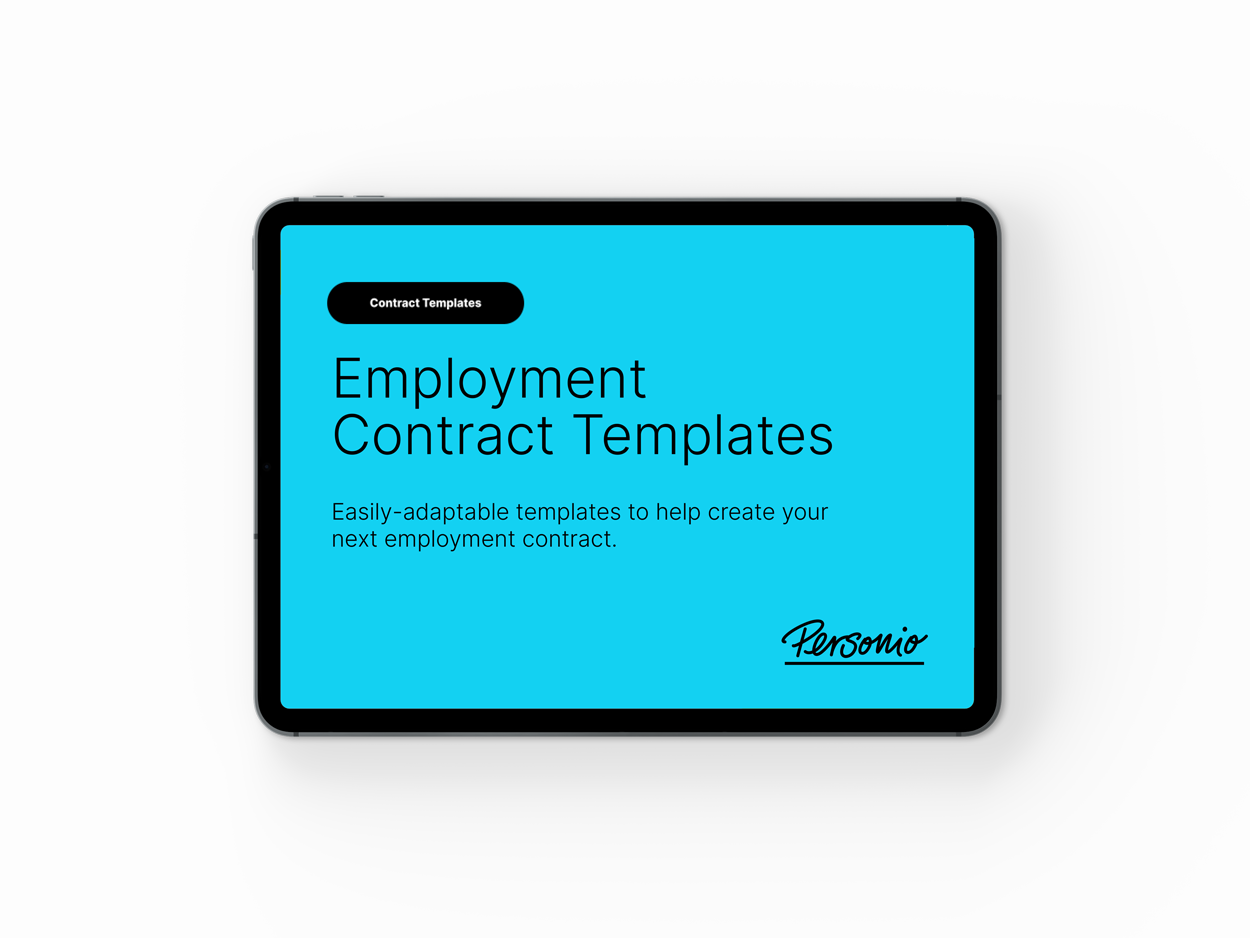Annualised Hours: The Top Questions Answered
How do you effectively implement annualised hours in your organisation? Today, we are diving into the topic of annualised hours and some of the top questions plaguing businesses in the UK. We hope you enjoy the read!
Start tracking time and attendance with Personio today.What Are Annualised Hours?
Annualised hours are a type of employment contract where an employer is paying their employee a salary across the number of hours worked in an entire year. An employment contract typically pays employees based on working weeks or months, but an annualised hours contract pays employees based on the number of hours they work in a year.
In the case of annualised hours, there is a difference in the number of hours an employee works on a daily, weekly, and monthly basis. But, the total number of hours the employee will work in that year is specified in their contract.
There are multiple benefits to having this kind of contract in your workplace, but we will go over that a little bit later. First, let’s take a look at the concept of an annualised salary.
What Is An Annualised Salary?
An annualised salary is a salary employees receive based on the number of hours they work in a single year. An employee will get the same monthly salary, no matter how many hours they worked in any given month.
In some months, like peak months, the employee will work more hours than in others. In other months where there might be less work, the employee will work fewer hours. Nonetheless, the employee will still get the same salary every month.
How Do You Calculate Annualised Hours?
An employer can calculate annualised hours in the following way:
Take the normal amount of hours the employee would work in a day (7.5 hours)
Multiply that number (7.5 hours) by five days to get the average amount of hours the employee would work in a week (7.5 hours x 5 = 37.5 hours)
Now take that number (37.5 hours) and multiply it by 52 (the number of weeks in a year) and you will get (37.5 hours a week x 52 weeks = 1950 hours)
Take the total number (1950 hours) and deduce the 20 days holiday leave (20 days x 7.5 = 150 hours) from that (1950 hours - 150 hours = 1800 hours)
Now take that number (1800 hours) and deduce the 8 bank holidays (8 days x 7.5 hours = 60 hours) from it (1800 hours - 60 hours = 1740 hours) to get the baseline number of working hours in a year
This number can also vary according to specific situations such as possible sick days, parental leave or training.
An employer would then take the baseline number of working hours per year (1740 hours) and determine which of those hours are core working hours and which are flexible/reserved working hours.
The core hours will be the ones that the employees will have to do in the set time frame while reserved working hours will be the ones that the employer will call for in time of need (during peak periods).
Track your teams' time seamlessly

Enable your employees to enter their working hours in an efficient, legally compliant and secure system. See working hours at a glance across your company.
Get Smarter Time TrackingWhat Is An Annualised Hours Contract?
An annualised hours contract specifies the terms and conditions of an annualised hours contract. The contract defines the following items:
The start and end date of the contract
The notice period for employees
Where the employee will work from (location)
Designated holiday pay
Job description and the responsibilities of the employee
Terms of employment
And any other policies that are deemed necessary by the employer and employee
What Are The Benefits Of Annualised Hours?
There are multiple benefits to implementing an annualised hours contract in your workplace:
Cost-effective. Annualised hours are more cost-effective than paying overtime for your employees or hiring an agency to fill in.
Better productivity levels. As an employer, you’re not pushing your employees to stay at work even if there’s no work to be done; they simply work when there’s an actual need, increasing their productivity levels and eliminating time waste.
Family-friendly. Parents and carers want increased flexibility when it comes to their workloads. A parent can take on more hours in the months when the children are in school and then take less working hours when it’s holiday time for the children. So annualised hours can really be family-friendly.
What Are The Drawbacks Of Annualised Hours?
There are also some drawbacks to the annualised hours in the workplace:
Designated hourly workload. Annualised hours are all about how much the employee should work in a year and that’s not always easy to estimate. Employers can either put too few hours in the contracts, forcing overtime, or put in too many hours and then pay for hours that the employee didn’t work.
Flexible shifts on weekends. The problem with flexibility in the annual hours situation is that the employee might not want to take on unpopular shifts. These are usually night shifts, weekend shifts, or bank holiday shifts.
Employee engagement. If there wasn’t communication with an employee for a longer period of time, it might be hard to engage them back into work when necessary.
How Do You Best Manage Annualised Hours Contracts?
When it comes to annualised hours contracts, you will need to decide on the following elements:
How are the employees going to report into work when they are sick?
How are you going to distribute the hours between core hours and reserved hours?
How are you going to ensure no particular group gets discriminated against because of the new working schedule?
If you’re having problems with any of this, you should consider Personio’s absence management software. After all, every employer should manage absences without having to manage mountains of paperwork.

